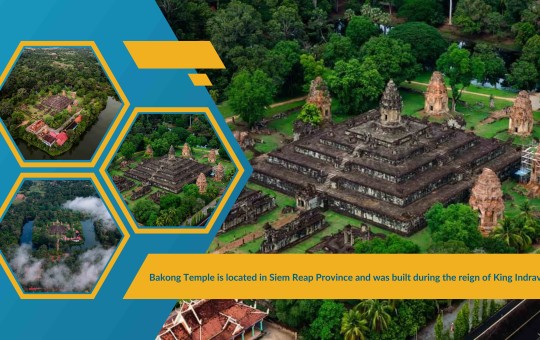
Battambang’s prehistoric site La’ang Spean open to visitors
Battambang provincial Department of Tourism officials have called for tourists to visit the La’ang Spean prehistoric site. Recent excavations at the site have unearthed artefacts dating from more than 70,000 years ago.
“To date, stone tools, pottery, jewellery and even human remains have been discovered at the site,” said tourism department deputy director Nou Tha.
The site also contributes to economy of the local community, as they are able to sell souvenirs and snacks to their visitor, he added.
“Most of the tourists who visit the site are foreigners who are interested in seeing the prehistoric artefacts. Most Cambodians aren’t even aware that this fascinating place exists,” said Tha.
“The provincial authorities want to expand this area into a tourist resort, but it is complicated. It falls under the jurisdiction of several bodies, including the Department of Culture and the National Museum. The tourism department is doing what it can to encourage more domestic tourists to visit,” he added.
Battambang provincial deputy governor Soeum Bunrith declined to comment.
The La’ang Spean prehistoric site is a limestone cave complex located in Phnom Teak Traing in Ratanak Mondol district’s Treng commune, about 40km from the provincial town, along National Road 57 towards Pailin province.
Experts from the Ministry of Culture and Fine Art and the National Museum of Natural History of France – led by Heng Sophady of the the ministry and professor Hubert Forrestier of the French museum – are currently conducting more research at the site.
Recent excavations have uncovered artefacts such as broken stone tools from the Paleolithic Age, along with pottery, ornaments (stone beads and bracelets and necklaces’ pendants carved from the teeth of animals), bone fragments and the tombs of ancient humans.
Analysis of the excavated objects show that the caves were inhabited in three different eras: about 71,000 years ago; between 11,000 and 5,000 years ago; and about 3,000 years ago. The caves were used predominantly as burial sites.
The site was first discovered and excavated by Ceci Morey and Roland Morey in the 1960s, although research was then interrupted for more than 40 years.




